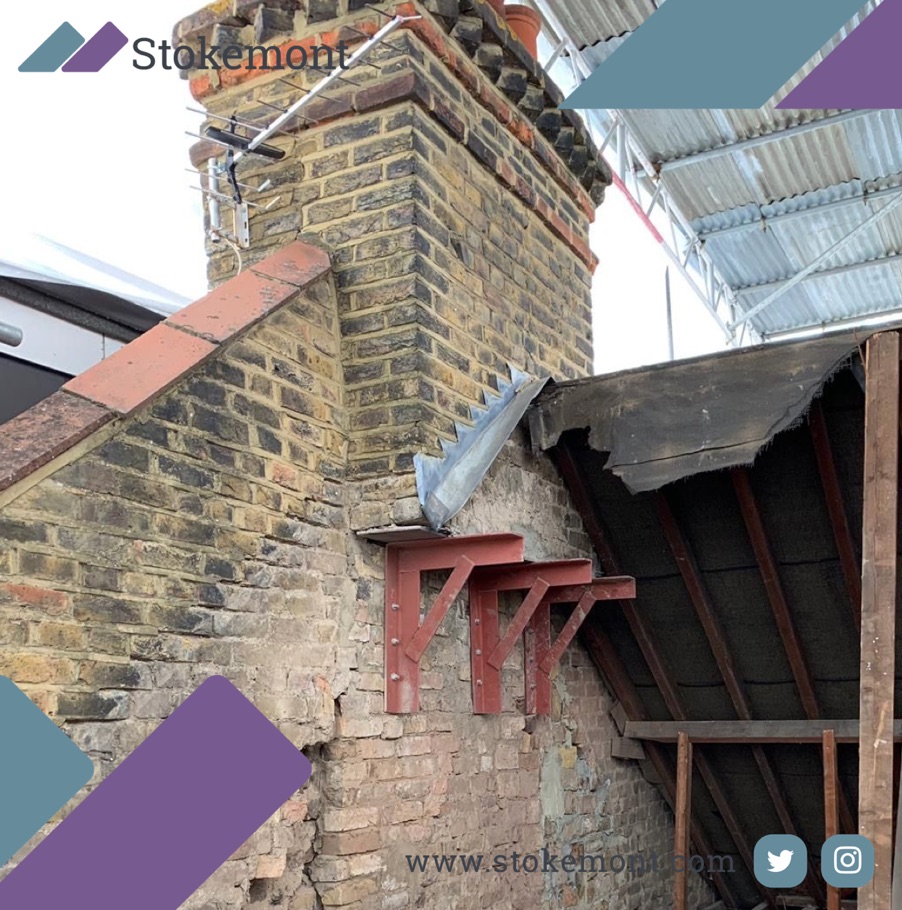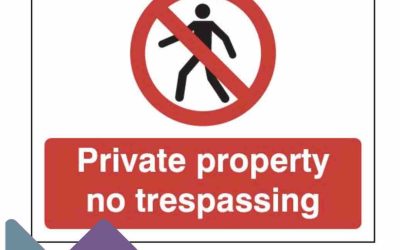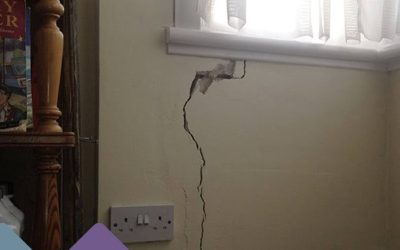In this week’s Property Wall Surveying blogpost topic, we are going to be discussing gallows brackets, when they are used, and the type of support they provide.
For any homeowner with a chimney breast within their property, they will know that the protruding breast, often takes up valuable internal living space, and can even restrict the way in which the room can be used.
It is also becoming less and less common, for Property Owners to actually use fireplaces all year around, and they are therefore opting to remove these, as it gives all-important added space.
If you are planning on removing your chimney breast, you will ultimately need to ensure that you have in place sufficient post-removal structural support.
Commonly, this is in the form of a gallows bracket, which is effectively a pair of metal brackets, which can be bought, off-the-shelf, and in many cases with structural design.
What is a Gallows Bracket?
A gallows bracket is a metal bracket that is used to support a chimney breast after it has been removed. The bracket is typically made of steel or cast iron, and it is attached to the remaining chimney stack. The bracket provides support for the chimney breast, preventing it from collapsing.
The brackets themselves will sit beneath the remaining chimney stack, which is effectively the remaining bit of chimney, that usually sits in a Property Owner’s loft, and ultimately supports the stack, which is the part that protrudes out of the roof.
Gallows brackets are an easy and relatively cheap solution to install, however nonetheless, the Property Owner will be likely to have a Building Control Officer visit pre- and post-works, to ensure that the works are done safely and in accordance with Building Control standards.
Benefits of a Gallows Bracket
Gallows brackets offer a number of benefits, including:
- They provide strong and reliable support for chimney breasts.
- They are relatively easy to install.
- They are relatively inexpensive.
The Drawbacks of a Gallows Bracket
Gallows brackets have a few drawbacks, including:
- They can be unsightly.
- They can restrict access to the chimney stack.
- They can be difficult to remove if they need to be replaced.
It is also worth noting that these days, gallows brackets can be frowned upon or rejected by Local Authorities, we would therefore advise fully discussing your proposals with Building Control in advance of your works commencing, to ultimately ensure that your works indeed get the necessary Building Control sign-off.
Another point to bear in mind, is that should you live in a terraced or semi-detached property, the works in removing the chimney breast, will be notifiable under the Party Wall etc Act 1996. This will mean that you need to serve a Party Wall Notice on the neighbour with whom you share the Party Wall, a minimum of two months in advance of undertaking those works.
Types of Gallows Bracket
- Simple gallows brackets: These are the most common type of gallows bracket. They are made of a single piece of metal, and they are typically attached to the chimney stack with bolts or screws.
- Composite gallows brackets: These are more complex than simple gallows brackets. They are made of multiple pieces of metal, and they are typically attached to the chimney stack with welds.e are two main types of gallows brackets:
If you would like to discuss the removal of your chimney breast, or the Party Wall procedures surrounding it, give our team of experienced Surveyors a call today, and they will be more than happy to assist you.




